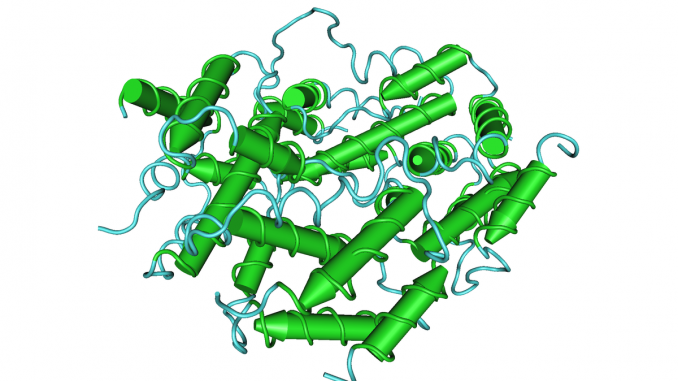
An introduction to Interferons
- Discovered by Issacs and Lindenmann in 1957. They were performing experiment on chicken cell culture and found a substance which interfered virus replication. They named the substance as Interferon.
- Interferons are member of a large group of proteins called cytokines which affect a wide range of target cells and tissue by binding to specific receptors present on the surface of target cells.
- Interferons play an important role in first line of defense against viral infections. They are part of the non-specific immune system and are induced at an early stage of viral infection before the specific immune system has had time to respond.
- Interferons are produced by cell in response to an appropriate stimulus and are released into the surrounding medium. Then they bind to receptors on target cells and induce transcription of approximately 20-30 genes in target cells which results in antiviral state in the target cell.
- Interferons differ from hormone as these are produced by variety of cell types and not specific endocrine organs.
Types of Interfeorns:
| Types of Interferons | Number of amminoacids | Produced by | Induced by |
| Type I Interferon (IFN-α I ) | 166-172 | Leucocytes | Viral infection |
| Type I Interferon ( IFN-α II) | 166-172 | Leucocytes | Viral infection |
| Type I Interferon ( IFN-β ) | 166 | Fibroblast and Leucocytes | Viral infection |
| Type II Interferon ( IFN-Ƴ ) | 143 | T-lymphocytes | Antigenic stimulus |
1. INF-α
- These are also known as leucocyte interferon and are produced by virus infected leucocytes.
- IFN-α is a family of about 20 related proteins
2. INF-β
- These are also known as fibroblast interferon and are produced by virus infected fibroblast or epithelial cells and leucocytes
3. INF-Ƴ
- These are also known as immune interferon and are produced by certain activated T- cells and NK cells.
- Interferon-Ƴ is produced in response to antigens including viral antigens or mitogen stimulation of lymphocytes.
Mode of action of Interferons:
- Interferons are not expressed in normal cells but virus infection of a cell causes interferons to produce and release from the cell and that cell will often eventually die as a result of infection. The interferons then bind to target cell and initiate an antiviral state.
- Both DNA and RNA viruses can induce interferon production but RNA virus tend to induce higher level of interferons.
- Viruses are target specific and hen DNA or RNA virus binds to specific receptors on a target cell, it induce transcription of 20-30 genes ultimately forming mRNA. This induces formation of 20-30 proteins; interferons.
- Among these proteins 3 proteins appears to paly important role in induction of antiviral state.
- One of these protein called 2,5-oligo A synthase results in activation of second protein called ribonuclease which can breakdown mRNA and causes expression of third protein; a protein kinase. The kinase inhibits the initiation step of protein synthesis.
- These activities of proteins target not only viral protein synthesis but also of host protein synthesis. Activation of these proteins results in death of cell but atleast the progression of virus infection is prevented.
Effects of Interferons:
- Inhibition of virus replication inside target cell
- Protection of cells against intracellular parasites.
- Inhibition division of some normal and transformed cells
- Regulation of cell differentiation
- Induction of cytokines. For example; IL-I , tumor necrosis factor are induced by IFN-Ƴ.
- Activation of NK cells and macrophages
- Increase expression of class I MHC molecules and thus promote recognition by cytotoxic T cells
- IFN-Ƴ increase expression of class II MHC molecules.
- Used in treatment of various virus infection such as Hepatitis B and C.
- IFN-Ƴ is used in treatment of leprosy, leishmaniasis, toxoplasmosis
- Used in inhibition of growth of cancer cells and myeloma cells.
